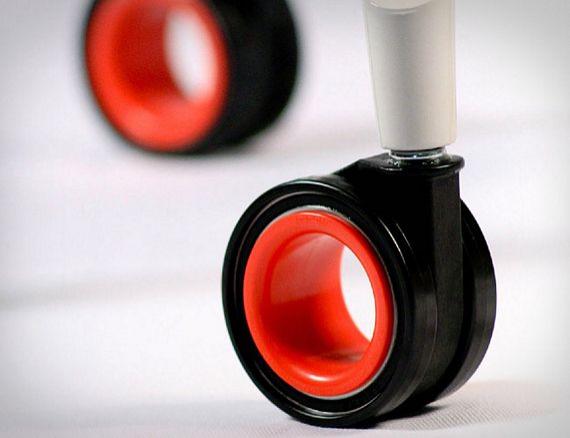Collaborative Work Requires Flexible Environments
October 18, 2014

One of the ways I serve my clients is keeping up with trends that affect workplace space utilization. For the past several years, there has been a strong move toward workplaces that are open, collaborative and flexible.
A strong indication that this trend is here to stay is the development of office furniture that can be reconfigured and used to serve multiple purposes in a workspace. Spaces are now called upon to do double duty. For instance, an open area might be used as a casual lunch room or an informal meeting room. It’s no surprise that several office furniture manufacturers have furniture that can perform multiple functions. For example, there are plywood cases that can be used as storage and display units but also have concealed custom desk panels so they can be used for extra workspace.
According to Anne Sennewald, vice president of merchandising at CORT, provider of furniture rentals for corporate spaces, office design in 2014 is dominated by the needs of today’s employees, which includes collaboration, flexibility and mobility.
Google, always a company to watch for emerging trends, recently made headlines with its Google Garage, a place where “Googlers” collaborate. The furnishings used in the Google Garage are lightweight, colorful and equipped with wheels so that pieces can be moved easily to accommodate the work at hand. For example, if several work groups need to come together for a meeting, chairs and whiteboards can be wheeled into a common area. Power cords, USB and Ethernet cables are dropped from the ceiling, to allow electronic equipment to be moved about as needed.
Adding wheels to furniture is just one example of how flexibility is incorporated into the workspace. Desks and chairs are being replaced with tables and stools. This type of seating is easy to move, encouraging collaboration and flexibility. In a typical day, a worker might spend a few hours brainstorming with a large team, some time in a smaller breakout, in a conference call with a client and participate in a presentation. The office space and furniture used needs to be able to accommodate all of these activities seamlessly.
The advent of technology has revolutionized how and where work is performed. The conventional workplace is rapidly disappearing, to be replaced by one that is designed to suits the needs of a fluid, adaptable workforce. It’s only natural the desks and credenzas of the traditional office would disappear too.
< Return to News